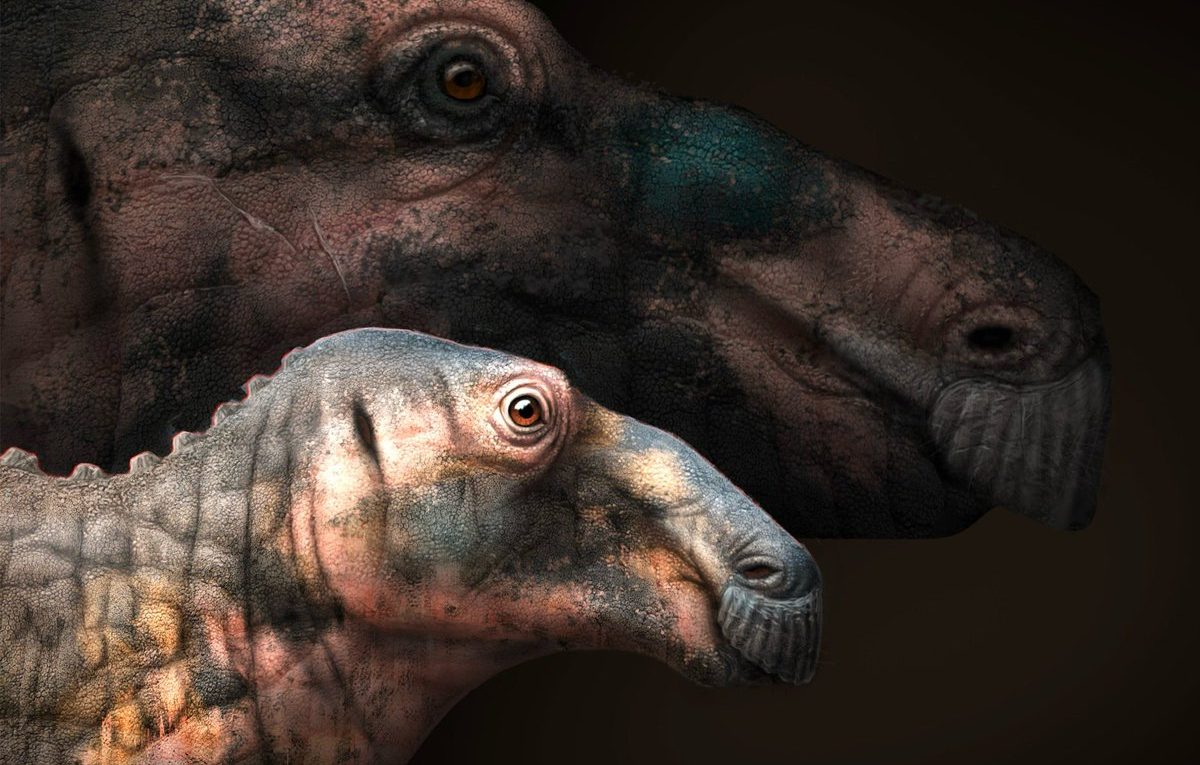Revealing the Herbivorous Dinosaurs’ Diet in the Iberian Ecosystems 125 Million Years Ago
Introduction
In a groundbreaking study published in the scientific journal Cretaceous Research, a multidisciplinary and international team of paleontologists has shed light on the diet of herbivorous dinosaurs that inhabited the Iberian ecosystems 125 million years ago. This study aims to bridge the existing gap between abundant data on dinosaur fossils in the Els Ports region of Castellón during the Lower Cretaceous and limited information about the vegetation that formed their habitats and, consequently, a significant part of their diet.
The Flora of the Iberian Ecosystems
According to the research, conifers and ferns dominated the coastal forests near a delta, which characterized the region of northern Castellón. These plants formed the basis of the diet for herbivorous dinosaurs during the Lower Cretaceous. The study, conducted in the municipality of Morella, identified 27 genera of spores, pollens, algae, and dinoflagellates, providing insights into the continental ecosystems of 125 million years ago.
Research Methodology
The study focused on palynological remains from one of the latest excavation sites in the Vega del Moll de Morella Mining Concession. This area, located adjacent to the productive clay quarry of Mas de la Parreta, has yielded over 5,000 of the 7,000 fossil remains unearthed in recent years in the subsurface of Els Ports, making it one of the premier records of the Lower Cretaceous in Europe.
New Discoveries
Vega del Moll has uncovered a new specimen of dinosaur related to the species Iguanodon bernissartensis, which is currently undergoing preparation and study. This discovery, coupled with the palynological data, provides insights into the plant communities that coexisted with these dinosaurs, predominantly comprising large conifers such as the extinct Cheirolepidiaceae and towering podocarps, along with arborescent ferns and an understory of small ferns and liverworts.
Environmental Context
The research also examines the depositional environment of the materials that formed the fossil site and its relation to sedimentary environments in other European localities where fossils of Iguanodon bernissartensis have been found. The evidence suggests a coastal forest environment near a delta, characterized by warm and humid conditions.
Dietary Habits of Herbivorous Dinosaurs
The study suggests that fronds of ferns and leaves of conifers were among the primary food sources for populations of Iguanodon bernissartensis in southern Europe. This species exhibited a wide range of ecological adaptations, allowing it to thrive within the European Lower Cretaceous dinosaur communities.
Conclusion
In conclusion, this collaborative research effort, involving experts from institutions such as the Universidade de Vigo, the Universidad Nacional Autónoma de México (UNAM), the University of Bonn, and the Grupo de Biología Evolutiva of the Universidad Nacional de Educación a Distancia (UNED), has significantly enhanced our understanding of the paleoecology and dietary habits of herbivorous dinosaurs in the Iberian Peninsula during the Lower Cretaceous period.
